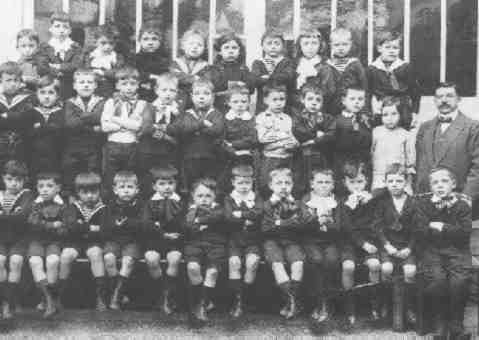
Figure 1.--These younger German boys in about 1915 wear mostly smocks and sailor suits. Notice the large bows most of the boys wear.


Figure 1.--These younger German boys in about 1915 wear mostly smocks and sailor suits. Notice the large bows most of the boys wear. |
German schools were some of the most highly recognized throughout Europe in the years vefore World War I. It is thus instructive to look at some of them.
I do not have details on this class. I do not know what type of school it is or where it is located. It appears to be a boys' school, boys and girls were generally educated seoarately. I would guess the photograph was taken about 1915. The boys appear to be about 6 to 8. They have a man teacher. One child is clearly a girl, probably the teacher's daughter. Two other children could be girls, but are probably boys with long hair.
The boys are wearing similar clothes, mostly smocks and sailor suits, but
several other outfits as well.
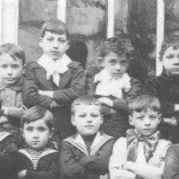
Figure 2.--These boys wear wide or Eton collars with large white bows. I think they are wearing smocks--but it is a bit difficult to make out. |
Smocks are generally associated with France. Clearly theyvwere also widely worn in Germany as well. Many of these younger boys wear smocks. They are all black
or dark blue smocks. Many with wide white colars and large floppy bows.
Many mothers seem to have thought that wide white collars and
large bows went with smocks. They appear to be mostly back buttoning
smocks.
Most of the boys, except those wearing sailor suits, also wear largecfloppy bows.
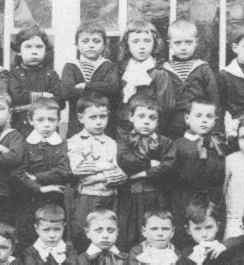
Figure 3.--Several of these boys wear smocks and bows. Notice the boy in long hair standing next to a boy in a sailor suit who has had his hair shaved. |
The largest number of boys are wearing sailor
suits. They are all dark blue sailor suits. Many of these boys are wearing
middy blouses with horizontal striped dickeys. That seems more of a
french or Russian than a German style. Some of the boys have
dark dickeys with nautical insignias. They are mostly worn with short dark
socks although one boy wears long stockings.
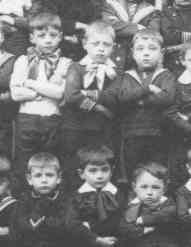
Figure 4.--Notice the large bow worn by the boy wearing a plain white shirt. |
The new short pants styled that appeared in England at the turn of the 20th century had clearly been widely accepted in Germany. All of the boys at the front wear short pants. Note that many of the shorts still have buttons at the side like kneepants. It is not clear what the boys at the back are wearing, but many if naot all are also wearing short pants. Notice one boy at the front wears bloomer-like
knickers that have been securely buttoned above the knees.
Some of the boys wear shirts/blouses or jackets. Several of these boys have been done up with particularly large floppy bows.
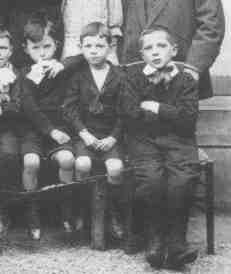
Figure 5.--I'm not sure what the boy on the right is wearing. Could it be coveralls or perhaps a smock and he has his legs pressed together giving the appearances of trousers. |
The boys mostly wear high top button shoes. I do not see any low-cut oxfords.
The boys in the photograph mostly wear medium hair cuts. Some have carefully combed hair, most do not. One boy wears very long hair, but it is not curled. He is the boy at the back in a smock and large bow. One boy has a shaved head. This was a common style for older schoolboys in pre-World War I Germany, but was apparently not deeped approriate for the younger boys.
Related Chronolgy Pages in the Boys' Historical Web Site
[Main Chronology Page]
[The 1850s]
[The 1860s]
[The 1870s]
[The 1880s]
[The 1890s]
[The 1900s]
[The 1910s]
Navigatte the German school pages
[Main school uniform page]
[Main school uniform national page]
[Main German school uniform page]
[Imperial Germany]
[Weimar Republic]
[NAZI era]
[Post-war Years]
[Modern Germany]
Navigate the Relate Boys Historical Clothing Style Pages
[Main country page]
[Long pants suits]
[Short pants suits]
[Lederhosen]
[Kneesocks]
[Eton suits]
[Jacket and trousers]
[Blazer
[School sandals]
